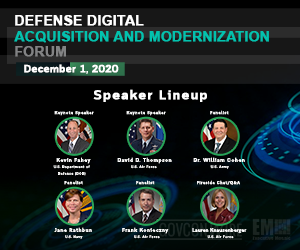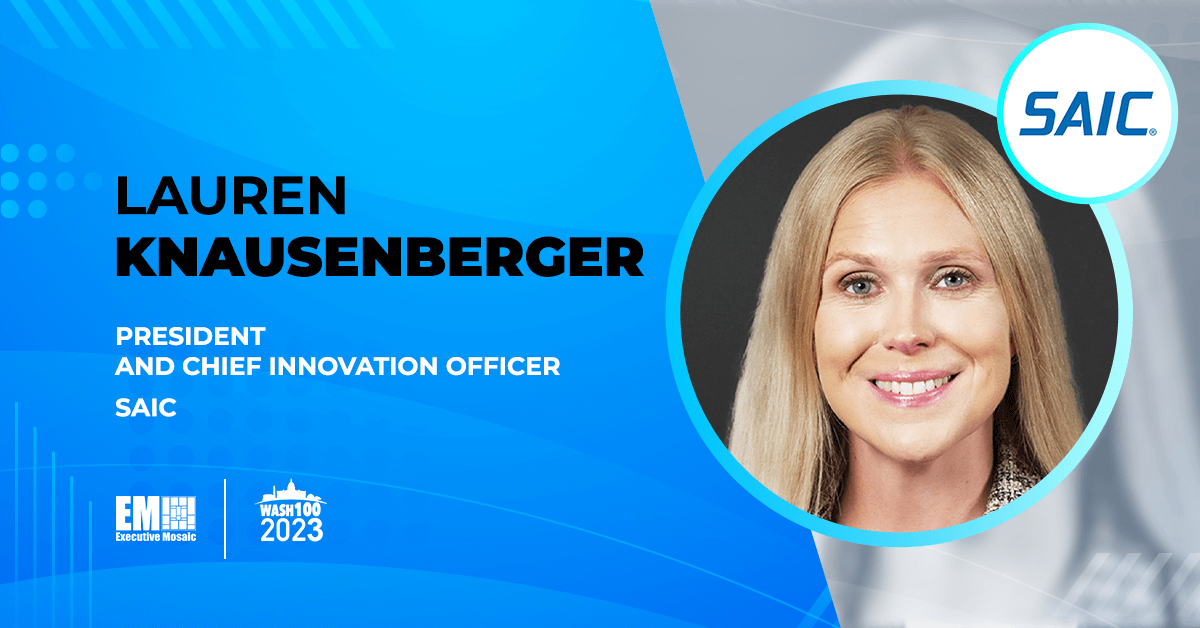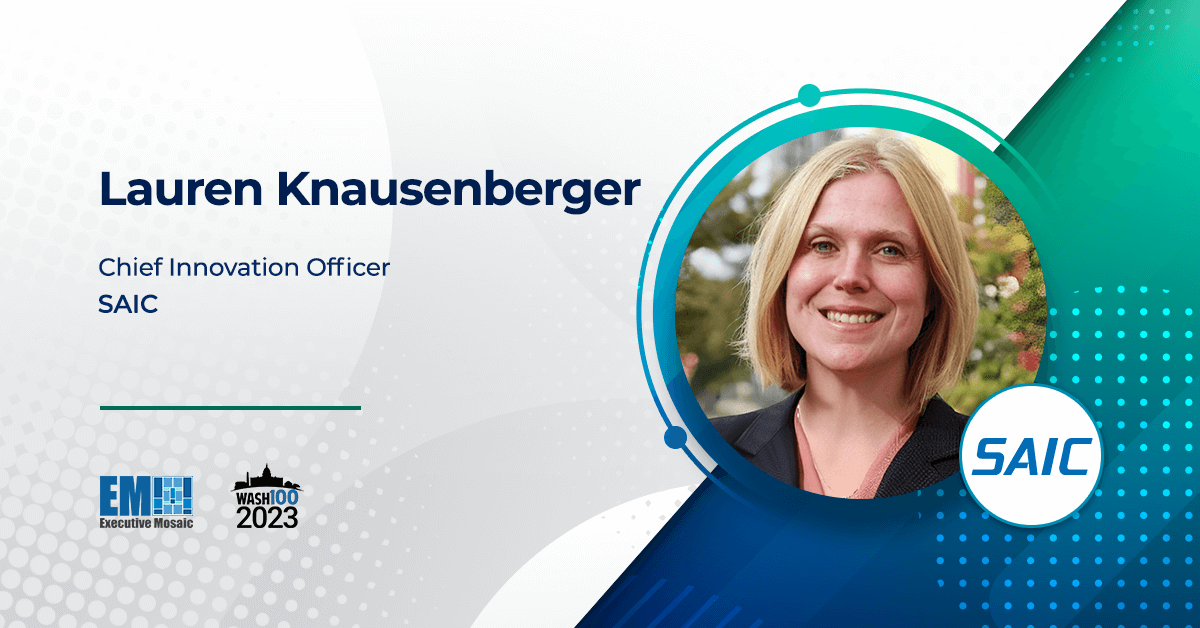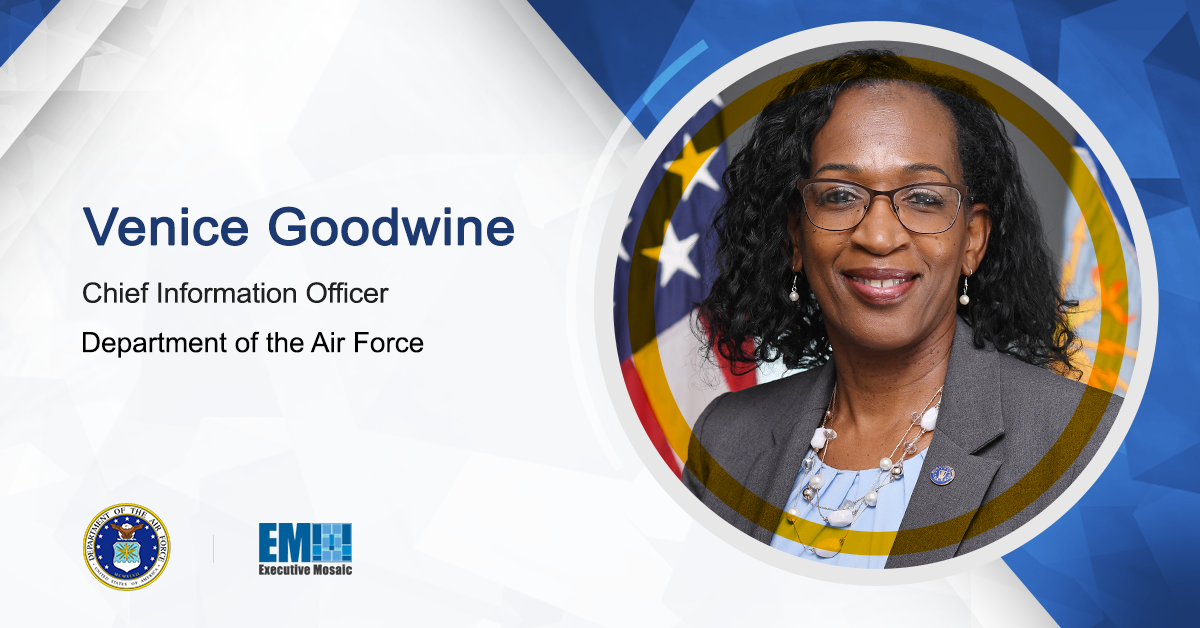In the beginning of the year, the Department of Defense (DoD) issued its Software Acquisition Pathway to establish direction, responsibilities and procedures for software procurement under National Defense Authorization Act (NDAA) 2020.
The department has also restricted acquisition processes and procedures of all programs containing IT to a separate, functional acquisition policy that adheres to the Adaptive Acquisition Framework.
During GovConWire’s Defense Digital Acquisition and Modernization Forum, notable federal and industry leaders will discuss the DoD’s Software Acquisition Strategy, Defense Acquisition Workforce Development and the future of data and IT modernization across federal agencies.
To register for GovConWire’s Defense Digital Acquisition and Modernization Forum, as well as view upcoming opportunities, visit GovConWire’s Event Page.
DoD’s Software Acquisition Strategy will assist in developing a robust Agile strategy that delivers needed capabilities more quickly to warfighters and other system users. The main difference of this guidance compared to prior versions is the focus on how the strategy will support frequent delivery of capabilities that provide value to the warfighter.
Joanie Newhart, associate administrator of acquisition workforce programs within the Office of Federal Procurement Policy (OFPP), said that her office and the federal Chief Acquisition Officer Council are “focused on emerging technology and how we can use it in acquisition. We think it’s going to explode this year, so we want to get in front of it and use it wisely.”
Federal agencies have an increased focus on leveraging emerging technologies, like automation and artificial intelligence (AI), to drive mission outcomes.
Rep. Anthony Brown, recently stated that in order for the DoD to modernize, it needs to reevaluate fielding AI in its programs and remove outdated platforms from its roster. The DoD should “include AI development in every major defense acquisition program,” Brown said as a means to win the AI race with China.
Brown noted that the DoD should reevaluate and modernize the military’s acquisition and sustainment programs. “This might require significant changes to the Pentagon’s force structure, our posture, operational plans and surely to the acquisition system,” he said. “But now is the time.”
Modernization efforts within the federal government have been expedited due to the onset of COVID-19 in the beginning of the year. Through the pandemic, agencies across the government have continued to invest in modern technologies like cloud computing, employing various strategies to replace costly legacy technologies.
Lloyd Howell, chief financial officer and treasurer at Booz Allen Hamilton, said he believes information technology modernization efforts within the federal government will continue and grow over time.
“I think on some level, the need to modernize any agency or department’s IT infrastructure is always going to be there,” Lowell said. “We believe that the demand and the pressures to do so are only going to grow over time. To execute operationally what needs to get done is increasingly going to rely on technology advancement.”
Join us for the Defense Digital Acquisition and Modernization Forum, Hon. Kevin Fahey, assistant secretary of defense for acquisition, will serve as the keynote speaker during the forum. This event will address online education reform and cybersecurity threats and performance, as well as how the industry can progress the latest initiatives in federal acquisition and modernization.
The event will also host an expert panel, featuring William Cohen of the U.S. Army, Frank Konieczny of the U.S. Air Force and Jane Rathbun of the U.S. Navy. Lauren Knausenberger, deputy chief information officer of the U.S. Air Force, will participate in a fireside chat to address online education reform and cybersecurity threats and performance.
To register for GovConWire’s Defense Digital Acquisition and Modernization Forum, as well as view upcoming opportunities, visit GovConWire’s Event Page.






